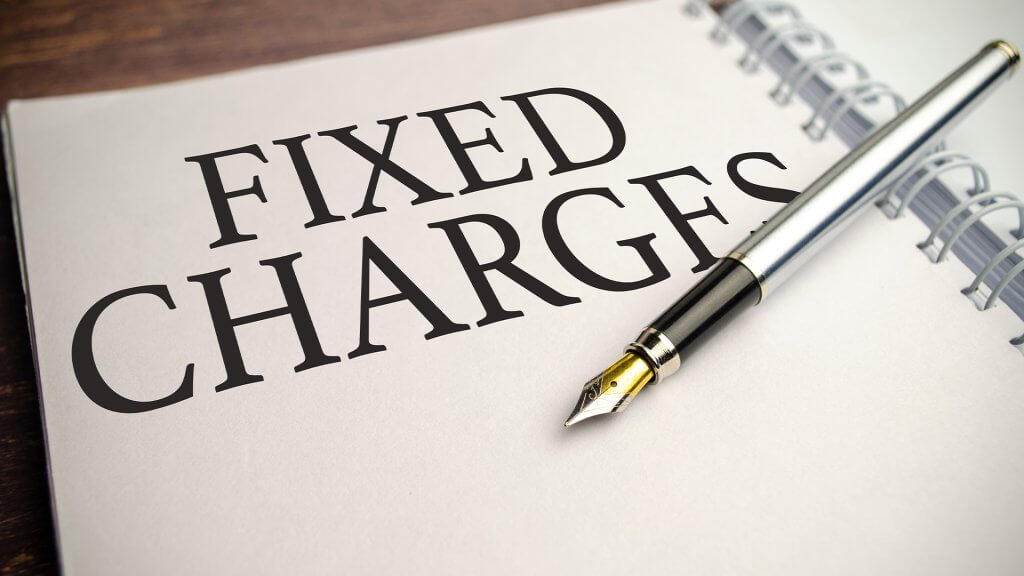Is a Purchase Order a Legally Binding Agreement?
For small to medium enterprises, the fast-paced nature of the world can occasionally cause gaps, errors, and misunderstandings between your business and your clients. The majority of the time, this can be easily resolved with a quick call or email. But how can you ensure that those miscommunications don’t result in unpaid purchase orders, tricky legal situations, and financial problems for your business in the future?
It’s within these gaps that a purchase order can help to bridge the uncertainty between two parties and add some much-needed clarity. But with that added clarity can some more questions about whether or not a PO is deemed legally binding, and what your options are in the event of non-compliance with payment.
However, before we look at the potential legal ramifications of a purchase order, let’s explore how vital a PO is to your business, the people you’re entering into an agreement with, and your finances as a whole.
Understanding Purchase Orders as a Client or Supplier
Whether you are issuing a purchase order or receiving one, you’re entering into a contract between yourself and another party that will become a legally binding agreement once a purchase order has been accepted.
As a supplier of goods or services, raising a purchase order is an official notification to a customer to fulfil their end of the agreement and pay you the amounts owed. And as a client, when you officially receive a PO, you’re obligated to pay the amount listed (unless incorrect, which will result in a new purchase order being issued) on the invoice.
Legally speaking, having a detailed and informative purchase order can be incredibly helpful, as it’s essentially evidence of the agreement between two parties.
Why Detailed Purchase Orders are so Important
While an agreed purchase order is indeed a legally binding agreement between two parties, it has other benefits that reach beyond the boundaries of legal matters. Below are some of the other benefits of a comprehensive PO.
With a detailed and prompt purchase order, a customer can better forecast their own fiscal outgoings. The sooner a purchase order is created and approved, the sooner they can take note of this outgoing while getting you paid faster in the process.
This forecasting also helps to sharpen the financial reporting of a business. Receiving a comprehensive PO means that they can make bigger-picture plans for their finances with far more accuracy. The purchaser can also evaluate a well-presented PO for the pre-agreed stipulation, which helps to cultivate harmony between customer and client while speeding up the payment process.
What Should be Included in a Good PO?
Putting together a good purchase order is relatively easy. All that really matters is that you have all of the most important information included on it. Be sure to have the name of the person who authorised the purchase, a solid description of the goods/services provided, and a PO number that you can use as a reference point in any further correspondence.
As well as the above, make sure that you clearly state the following information:
The date on which the purchase order was issued
The number of goods/items purchased (if relevant)
The price, including any additional shipping/delivery costs
The terms of your payment agreement
The 5 Steps of the Purchase Order Process
Any legally binding agreement is going to have some strict and rigid steps to adhere to. Now you’re certain of what to include in the purchase order itself, it’s important to ensure that you’re handling your POs correctly and keeping in line with standard processes.
Below are the 5 most important steps of processing any purchase order.
Step 1: A customer and supplier reach an agreement on a price in exchange for goods or services. A purchase order is officially raised and sent over to the customer.
Step 2: The customer receives the purchase order. The PO will only become a legally binding agreement once the customer approves it.
Step 3: A supplier provides the customer with the agreed-upon products or services.
Step 4: A supplier sends an invoice that references the PO number. A recipient then matches the invoice with the purchase order number.
Step 5: The invoice is fully approved, processed, paid, and finally closed.
Ways to Ensure that POs are Resolved Quickly
After sending out that purchase order, it’s important to understand how to be tactful regarding payment. If you’re too pushy before payment is even due, your business may be tarnished and deemed a little too demanding.
However, you have a company to run and people depending on you, so there’s no room to simply wait and hope for the best when a payment is late.
Below are some simple but effective ways to help resolve these issues:
We’ve already discussed what you’ll need to include in your purchase order above. But for extra peace of mind, there’s nothing wrong with checking if there’s anything else a customer needs on the PO to help facilitate a smoother payment process. Not only is it good practice, but it eliminates the chance of late payment excuses down the road.Reassess your cash collecting systems and processes. Ensure that you have an approach that’s modern and integrates well with just about any other method of payment. Reach out to customers a few days before a due invoice and ask if they’re satisfied with your product or service, thank them for their custom, and politely confirm the due date of the invoice again. Having a detailed plan to chase after unpaid invoices can be an effective way of preventing future costly disputes. As always, be sure to keep your first few correspondences friendly, as most of the time, a customer has simply forgotten to pay up and there’s no malice in their actions. Implementing a penalty for late fees that aren’t paid within a pre-agreed timeframe can help reduce unpaid POs and help you better monitor incoming funds.
Final Thoughts
For both supplier and buyer alike, having consideration for how a purchase order works can ensure a much smoother transaction for all parties involved. As stated above, once agreed upon fully, a PO is a legally binding contract you’ll be expected to honour.
And honouring that agreement means you’ll also benefit from a more comprehensive budget forecast, faster resolution of payment issues, and a more streamlined PO process. For small to medium enterprises, these benefits can be the difference between a successful financial year and a tumultuous one.









